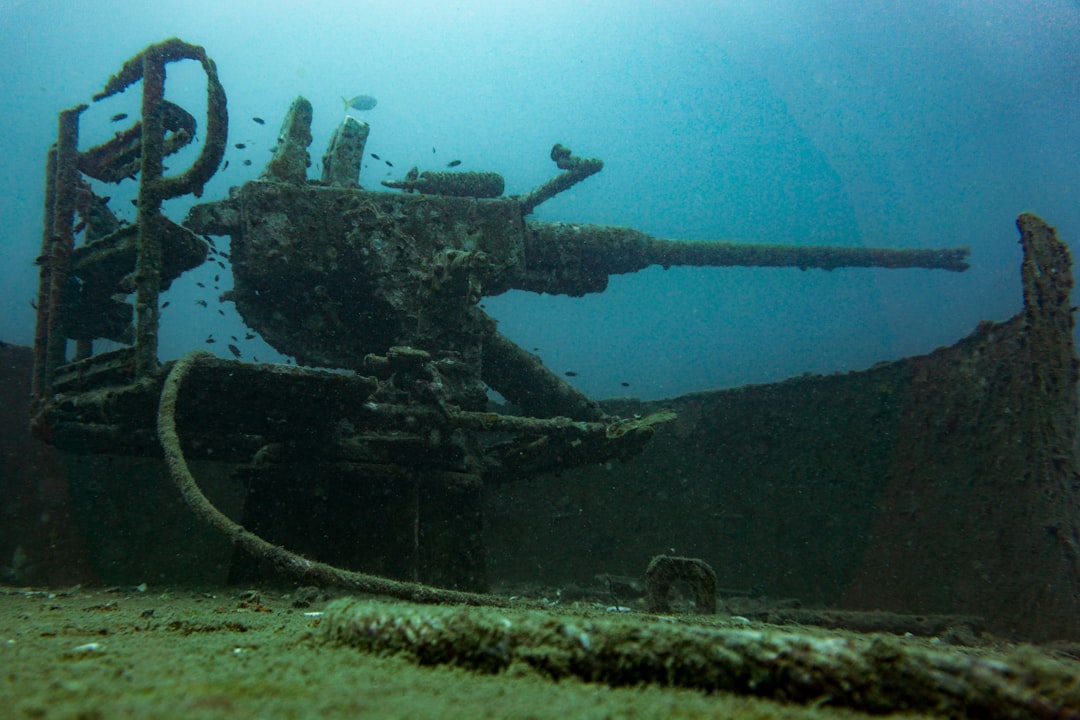What is it about?
The establishment of the Gaelic Athletic Association in November 1884 ushered in a sporting revolution in Ireland. Within four years it was by far the largest sports body in the country. Yet despite this remarkable initial success, the 1890s would witness its almost total disintegration. The accepted historiography has tended to concentrate disproportionately on the impact of idiosyncratic factors such as the Parnell split on the GAA’s fortunes at this time. Instead, this article argues that the effects of political dissension only represented the Association’s death knell. It contends that by 1890, the GAA was already in a virtual state of collapse due to the effects of economic recession, mass emigration and the impact of factors affecting other contemporary sports bodies such as poor administration, ill-defined playing rules and alcohol fuelled hooliganism.
Featured Image
Why is it important?
The accepted historiography has tended to concentrate disproportionately on the impact of idiosyncratic factors such as the Parnell split on the GAA’s fortunes at this time. Instead, this article argues that the effects of political dissension only represented the Association’s death knell. It contends that by 1890, the GAA was already in a virtual state of collapse due to the effects of economic recession, mass emigration and the impact of factors affecting other contemporary sports bodies such as poor administration, ill-defined playing rules and alcohol fuelled hooliganism.
Read the Original
This page is a summary of: ‘Quenching the Prairie Fire’: The Collapse of the Gaelic Athletic Association in 1890s Ireland, Irish Economic and Social History, December 2014, SAGE Publications,
DOI: 10.7227/iesh.41.1.4.
You can read the full text:
Contributors
The following have contributed to this page










